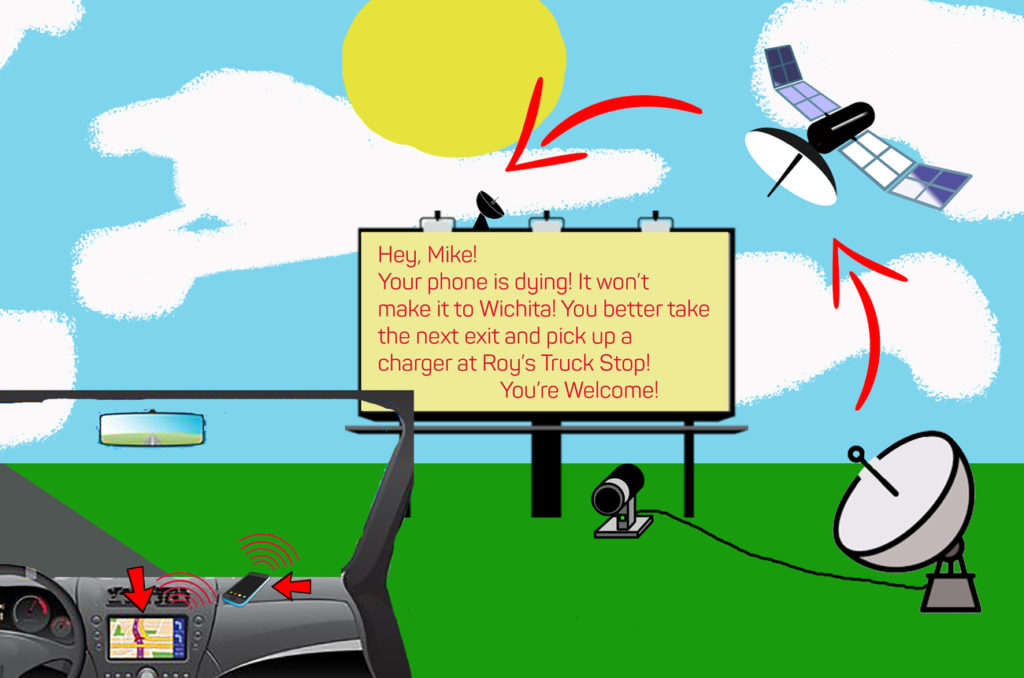News
Is AI Signage the Future of the Smart Billboard Industry?
The world is getting “smarter” and we are inching closer to the high tech digital age that was predicted in “Back to the Future.” Everyone remembers Marty McFly stepping out of the DeLorean to discover digital signage of a shark, designed to attack passerbys, in an effort to advertise “Jaws: 19.”
At the time, such signage seemed like a far-off dream. Today, we are on the cusp of seeing it everywhere.
Today
Today, Out of Home (OOH) advertising is one of the most important advertising forums. This is because OOH advertising is becoming more conversational. Billboards with simple statements or sales announcements are being replaced with interaction. As a result, surveys are showing that sales are boosting because of the attention OOH advertising is grabbing from consumers.
With AI coming onto the scene, grabbing attention will only get easier.
Tomorrow
Engineers in Europe are working on software that can not only recognize objects, animals, and faces, but can also recognize body language and mood. By detecting these features, the software can custom-tailor advertising to each passing individual based on what it sees.
For example, a tired mom with a handful of kids is more likely to be interested in a billboard advertising a rest and play area in a busy shopping mall than a male college student. So, as the mom and her kids walk by, the advertisement for the play place will open up. After she passes and the college student gets near, the advertisement might switch to promote a book buyback at the mall bookstore or a sale on athletic shoes.
In Sweden, a smart billboard is already in play at a number of locations where, if someone is smoking as they walk past, the billboard will begin to cough, prompting them to turn and look at information on a government-sponsored smoking-cessation program.
The possibilities with this software are endless. Pet supply chains can market directly to individuals walking dogs. Restaurants and local attractions can advertise to handholding couples or people passing in out-of-state tagged cars. Giving advertisers a tighter focus on who they advertise to can boost results and lead to amplified revenue as a result.
How It Works

If the design process of this signage goes off as it should, the high-tech construct would work by placing cameras near the sign, pointed in the direction of foot or road traffic. The camera would send a signal to a nearby satellite, which would boost the image to the signs “cloud.” The “cloud” would process the image, sending back the advertising that fits the oncoming viewer.
Because of privacy concerns, the billboards will be designed to not store or share any camera images or data interpreted from them.
Persona is not currently set up to offer AI signage or Smart Billboard packages, however we are always looking ahead and preparing for future trends in the signage industry.